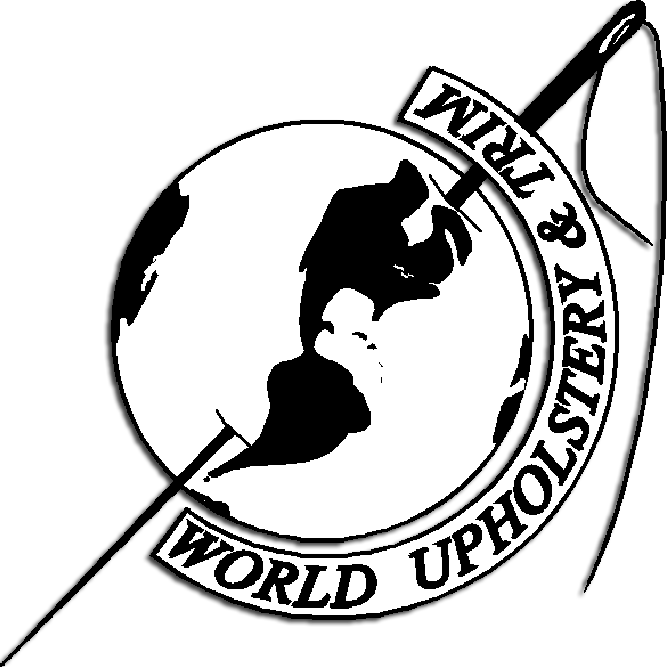

| About Us | Contact Us | F.A.Q.s | Installation | |||||||||||||||||||||||||||||||||||||||
|

|
||||||||||||||||||||||||||||||||||||||
|
1955 to 1989 Mercedes-Benz
Mercedes-Benz Seat Cover/Upholstery Installation Instructions To Order this product by Phone, Call (888) 601-2184, Monday to Friday, 8 am to 5 pm PST The following information is supplied as a customer service guide only. World Upholstery & Trim recommends professional installation of all our products. No guarantees are granted with regards to the use of this guide. Tools required:
Additional parts not included that may be required:
Special Note: Many original Mercedes seats would have shrunk with age by this time. It you suspect this has happened to your seats and you do not wish to completely replace the horsehair pads, you will need some foam to build the old framework up to its original size . A few yards of 1/4" or 1/2" polyfoam from an upholstery supply house should be adequate. You will need to glue the foam onto the bolsters before installing the cushion and backrest cover. General Preparations:
Disassembly of the Seats:
Cushion Cover Removal:
Cushion Cover Installation:
Backrest Cover Removal:
Backrest Cover Installation:
Please highly consider professional installation as these covers are difficult to install! |
|||||||||||||||||||||||||||||||||||||||
|
www.worlduph.com is a registered trademark. Any copying or reproduction of any kind must be approved by a written contract. This website is maintained by World Upholstery & Trim Webmaster |
|||||||||||||||||||||||||||||||||||||||
|
|||||||||||||||||||||||||||||||||||||||